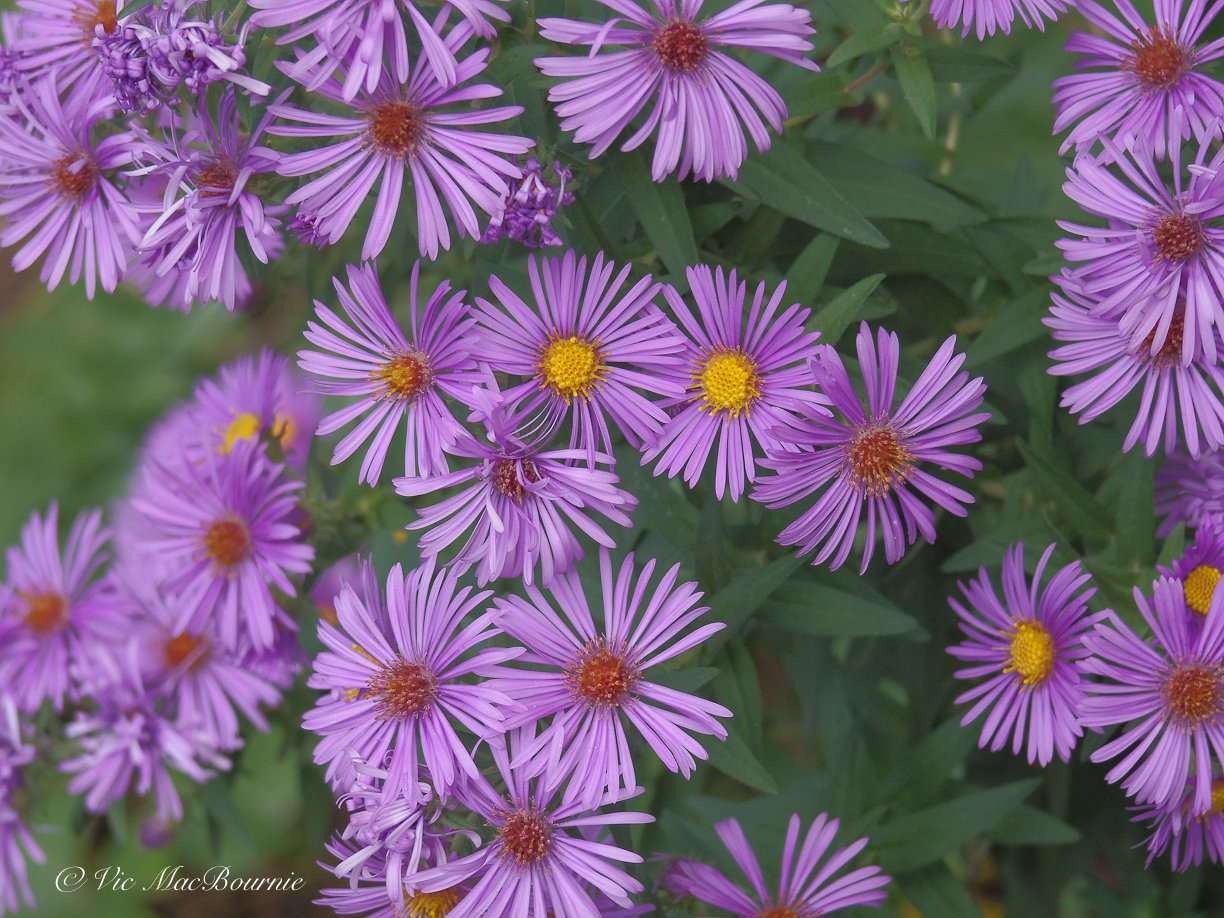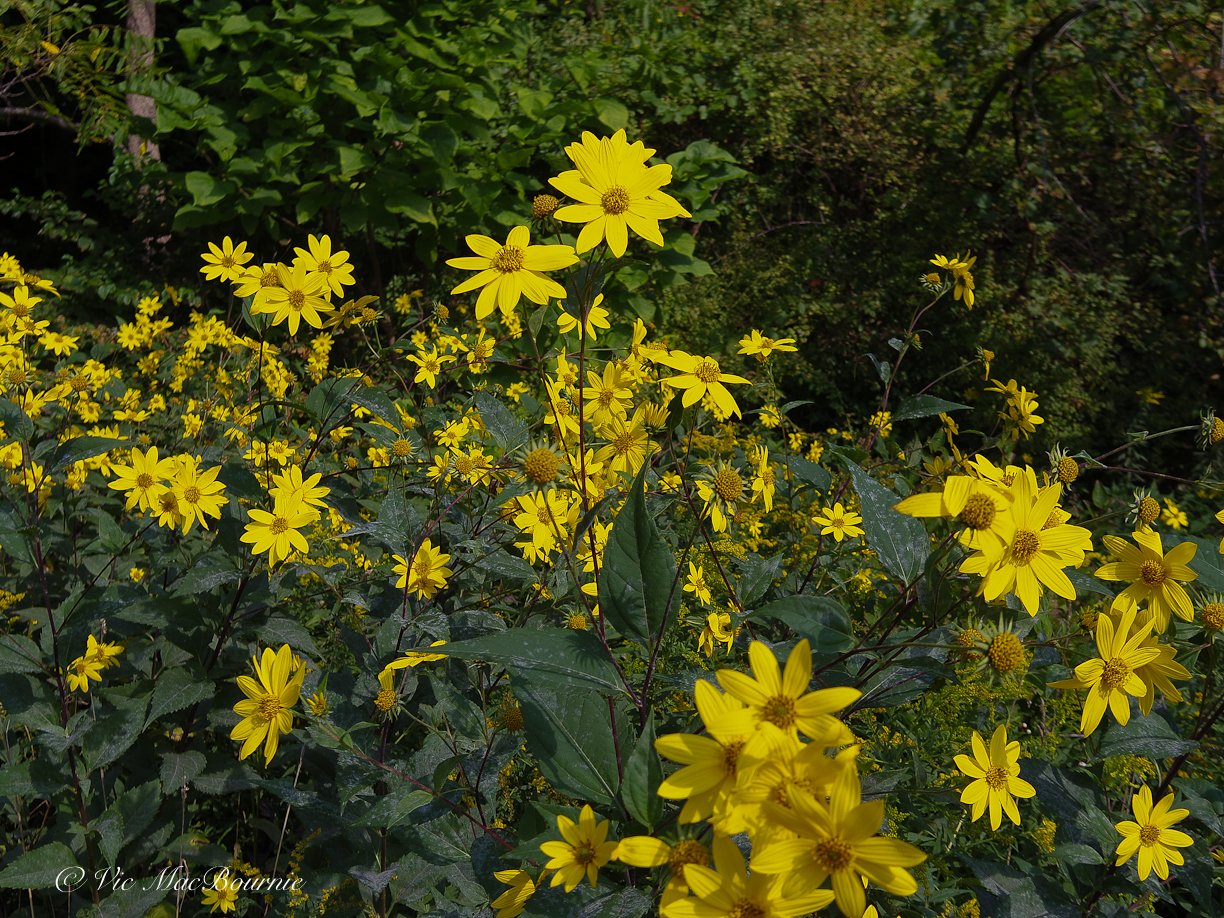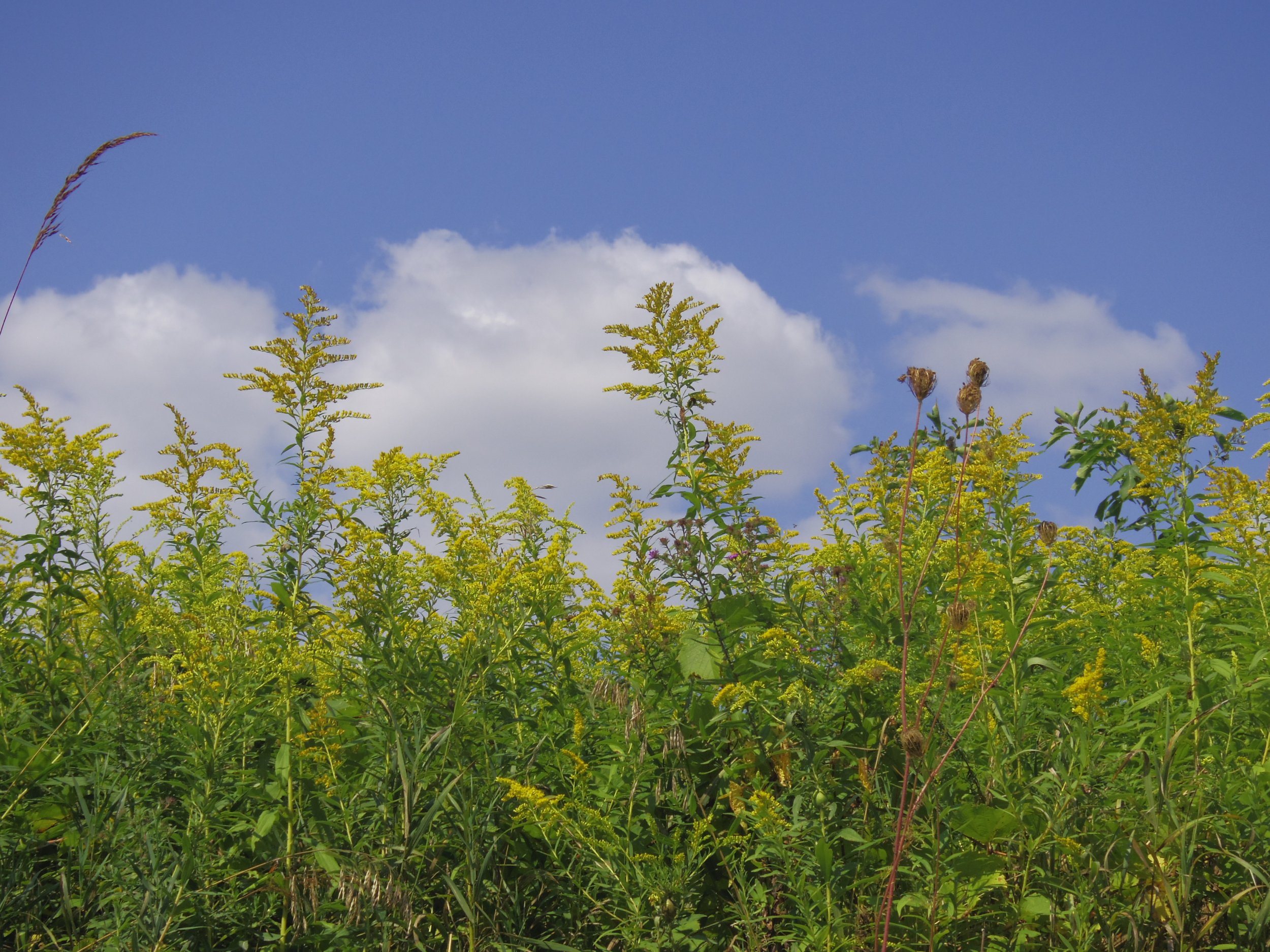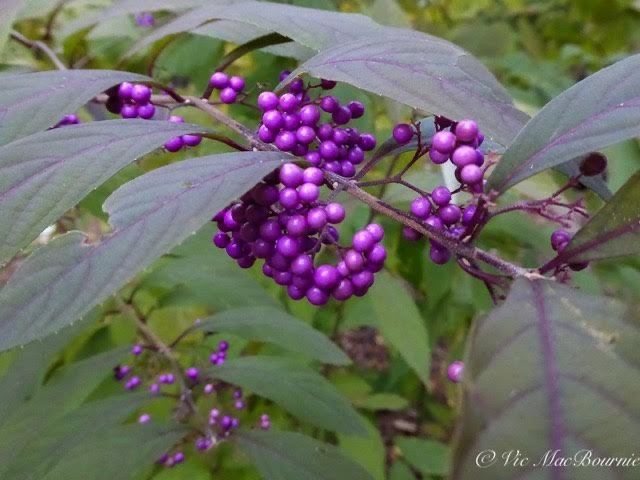Wild Ginger: Native ground cover for your shade garden
Natural replacement for small hostas
This image of Wild Ginger shows off the native plant’s flower beautifully. The small reddish-maroon flower is normally difficult to see because it grows under the leaves and emerges for a short time in spring.
Canada Wild Ginger (Asarum canadense L.) has been described as an ideal replacement for hosta in the native garden, and I couldn’t be happier.
I mean, who isn’t up for a native plant to replace the ubiquitous hostas that have become a mainstay in every suburban garden? I know that I am ready for a change.
Don’t get me wrong, I love a beautiful hosta but so do deer, slugs and a host of other backyard wildlife.
What makes this low-growing ground cover so special is the fact the plants contain a type of acid that ensures deer, rabbits or any other hungry critter that enjoys filling up on our garden plants, have absolutely no desire to sample these plants.
That’s a win-win in my books.
Wild Ginger, also known as “little jug” is a good, low groundcover for eastern woodlands and shaded landscapes. It is considered a new-world native plant and the genus is well distributed around the northern hemisphere.
Before you ask, “Where have you been? Wild Ginger has been around for a long time as a garden plant.” Let me just say that I’ve been a fan of the plant for decades but for some reason have never planted it in the garden.
The above picture, for example, was taken more than thirty years ago in a nearby forest. For whatever reason, I just never got around to planting wild ginger until last season when I picked up three plants at a local horticultural society plant sale.
I’m looking forward to buying more at this year’s sale and spreading what I already have around the garden. The plant is more than capable of spreading all by itself and will quickly colonize an area through underground runners. It can also be easily multiplied through rhizome division in spring or early summer.
Propogation of Wild Ginger is by root division, seeds or even softwood cuttings.
Like most effective ground covers, Wild Ginger is very good at choking out weeds that try to invade its space.
For wildlife gardeners, native wild ginger is attractive to some butterflies but, most important, is a larval host for the Pipeline Swallowtail butterfly.
Like most woodland plants, a mulch of leaves in spring and fall is beneficial and always a wise choice.
A little about our native wild ginger ground cover
First, it’s important to make it clear that this is not a member of the ginger family (Zingiber officiale) that we love to eat. In fact, although wild ginger does have a ginger smell to it, wild ginger can be dangerous to eat. Although it has been used as a medicinal herb in the past, more recent studies suggest that the plant contains carcinogenic properties that makes it better left to simply leave it in the garden rather than use it in any dish.
Wild Ginger grows to about 6-inches tall (15 cm) with a corresponding spread of about 6-inches (15 cm) in diameter making it a great choice for those gardeners who are looking for a low-growing, tidy ground cover. Wild ginger sports two heart- or kidney-shaped leaves that stay on the plant throughout the season.
It is native to Quebec and New Brunswick through to Ontario and Minnesota and south to Florida and Louisiana. It happily grows throughout Eastern North America from zones 3 to 7.
Its range means it can be found throughout the U.S. in AL , AR , CT , DC , DE , GA , IA , IL , IN , KS , KY , LA , MA , MD , ME , MI , MN , MO , MS , NC , ND , NH , NJ , NY , OH , OK , PA , RI , SC , SD , TN , VA , VT , WI , WV). In Canada you’ll find it growing from Manitoba to Quebec and throughout Southwestern Ontario.
A dark reddish-purple flower grows beneath the two leaves that make up a single plant and remains on the plant for a short period of time in spring. You can expect a bloom to appear from April, May and even into June depending on your location.
These plants can and will self pollinate but are also pollinated by ground-dwelling insects such as beetles, ants and small flying insects.
Once the flower is spent, ants go to work gathering the seeds. They then take the seeds to their underground burrows where they provide food for the colony. In return, the ants provide an efficient form of seed distribution. Don’t be surprised to find plants sprouting up in other areas of the garden thanks to your local ant population.
Wild Ginger is best grown in shade to part shade in moist, acidic soils (pH of between 6-7). These plants do well in morning sun in cooler climates provided they get afternoon shade. It will get baked out if it gets sun all day long.
Botanists argue that there are actually two subspecies of Asarum canadense (wild ginger): Asarum Refexum, and Asarum Acuminatum. The differences can be identified by differences in the length of the calyx lobes of the flower and the amount of fine hairs on the plant’s petioles (stalks). Most, however, are simply lumped together as Asarum Canadense.
There is also an Asian species with a shinier leaf as well as a European species of wild ginger. Canada wild ginger has softer, mid-green coloured leaves that keep its colour all summer long.


















Spotted bee balm is a fascinating native plant that will be a mainstay in our natural woodland garden.